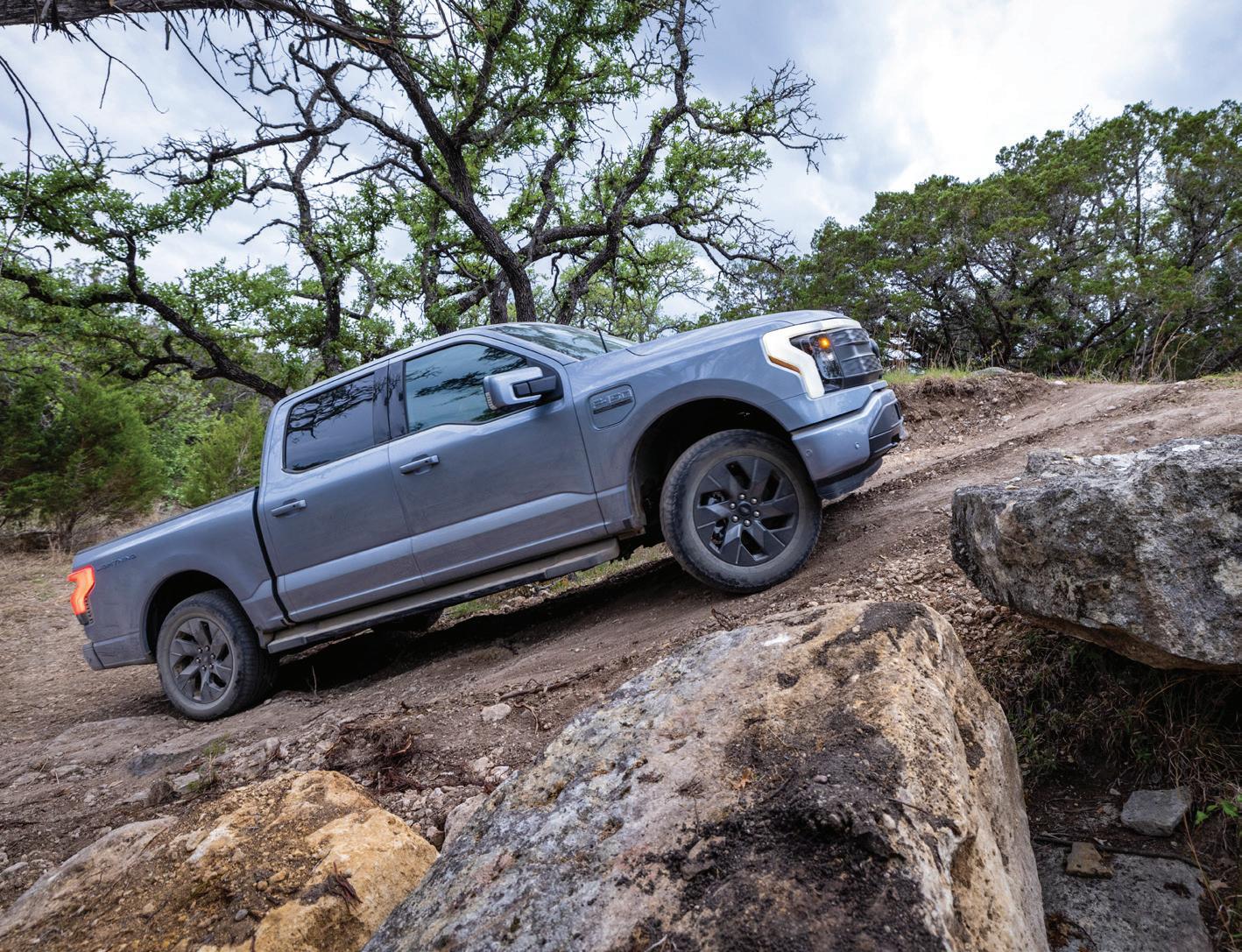
1 minute read
Driving Toward the Future
According to the U.S. Department of Energy, electric vehicle sales nearly doubled from 2020 to 2021, reaching a record high of 608,000 sales. Sales of internal combustion engine vehicles grew by only 3% the same year.
The number of EVs on the road is expected to continue growing during the next five to 10 years. Many brands have pledged to convert to manufacturing only EVs within the next three to 12 years.
Part of this sales growth stems from more choices in the EV market. Today, more than 80 base models of sedans, SUVs and minivans are available. The number of automakers exclusively manufacturing plug-in vehicles also is increasing, from recognizable brands such as Tesla to growing brands, including Rivian, Polestar, Karma and Lucid.

While the EV market is growing, it has some challenges to overcome before broader adoption occurs. The upfront cost of an EV is more expensive than a comparable gas-powered vehicle, and many EVs are limited to a driving range of 250 miles on average—though there are exceptions. Some automakers offer EV models with ranges of more than 300 miles.
Ford, Hyundai, Kia and Nissan offer EV models priced around $30,000, and available federal tax credits can bring down the initial costs considerably. EV range numbers are approaching those of a tank of gas, but EVs require more time to charge compared to a gas-powered vehicle’s quick fill-up. The fastest charging level takes about 20 minutes to charge to 80% capacity.
Publicly available charging stations are not as plentiful or as geographically accessible as gas stations, which makes using an EV for an extended road trip less straightforward. However, the Department of Transportation and DOE have teamed up to offer grants to help states and local partners—including electric cooperatives—develop a national charging network with EV chargers located every 50 miles on interstates. The goal is to place EV chargers where they make the most sense in terms of business and recreational activities.
Compared to a standard wall outlet, charging times can be shortened by using a Level 2 charger. A standard Level 1 charger comes with an EV and provides about 40 miles of range after eight hours of charging. Level 2 chargers provide about 25 miles per charging hour. They consume a lot of power over a short amount of time and require local electric infrastructure to support the increased energy load.


If you’re considering a Level 2 charger, make sure your home’s electrical system is in good shape, and give your electric co-op a heads up. This allows the utility to ensure the transformer in your neighborhood can safely and reliably provide power—your neighbors will thank you.








